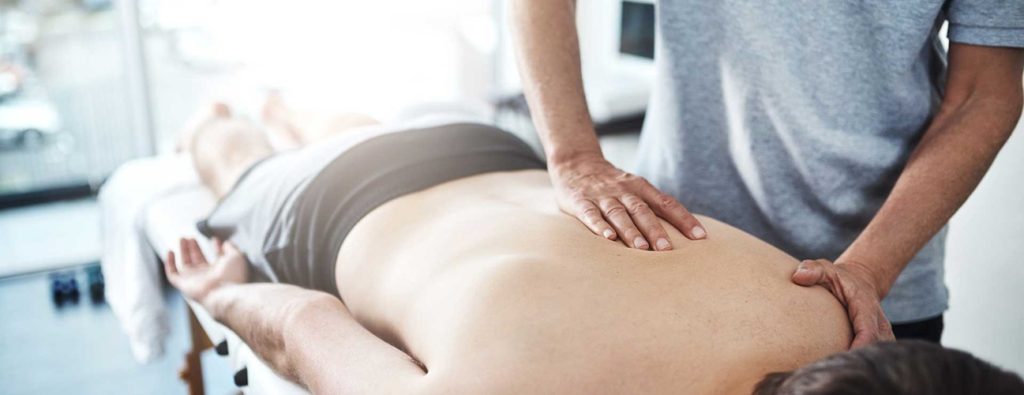Improve Flexibility and Comfort with Regular Physiotherapy Practices at Home
Maintaining flexibility and physical comfort is essential for a healthy lifestyle. While visiting a clinic for physiotherapy can be beneficial, incorporating simple physiotherapy practices into your home routine can make a significant difference in your overall well-being. Regular exercises not only enhance flexibility but also improve posture, reduce discomfort, and promote a sense of vitality.
Benefits of Home-Based Physiotherapy
Integrating physiotherapy exercises into your daily routine offers multiple advantages:
- Enhanced Flexibility: Regular stretching and mobility exercises help maintain joint range and muscle elasticity.
- Pain Reduction: Gentle physiotherapy movements can alleviate discomfort caused by muscle stiffness or sedentary habits.
- Improved Posture: Strengthening core and back muscles prevents slouching and supports spinal health.
- Increased Energy: Movement stimulates circulation, boosting energy levels and overall mood.
- Convenience: Practicing at home allows flexibility in scheduling and a personalized pace without external pressures.

Key Practices to Incorporate
Adopting simple physiotherapy exercises at home does not require extensive equipment. Focus on consistency and proper form to maximize benefits.
- Stretching for Flexibility
Stretching is foundational for improving muscle elasticity and joint mobility.
- Perform gentle stretches for the neck, shoulders, back, and legs.
- Hold each stretch for at least 20–30 seconds without bouncing.
- Breathe deeply to relax muscles and enhance effectiveness.
- Strengthening Exercises
Strengthening exercises support joint stability and reduce the risk of injury.
- Include core exercises such as bridges, planks, or gentle abdominal contractions.
- Incorporate lower body exercises like squats, lunges, or calf raises.
- Use resistance bands or light weights for added challenge if available.
- Posture and Balance Training
Maintaining proper posture and balance contributes to overall comfort.
- Practice standing and sitting with a straight back and relaxed shoulders.
- Try balance exercises like single-leg stands or gentle yoga poses.
- Gradually increase difficulty as stability improves.
- Relaxation and Breathing Techniques
Physiotherapy is not just physical; relaxation plays a key role.
- Deep breathing exercises reduce tension and improve oxygen flow.
- Gentle movements combined with mindful breathing enhance flexibility and mental clarity.
- Ending a session with relaxation stretches promotes recovery and comfort.
Tips for Consistency
- Set a specific time each day for physiotherapy exercises.
- Start with short sessions and gradually increase duration.
- Listen to your body; avoid overexertion and stop if discomfort occurs.
- Track progress to stay motivated and notice improvements in flexibility and comfort.
Conclusion
Regular physiotherapy practices at home are a simple yet effective way to boost flexibility, reduce discomfort, and maintain a healthy, active lifestyle. By dedicating a small portion of each day to targeted exercises, anyone can experience improved mobility, better posture, and increased overall comfort. Consistency, proper technique, and mindful movements are the keys to long-term benefits, making home physiotherapy an empowering tool for lifelong wellness.
